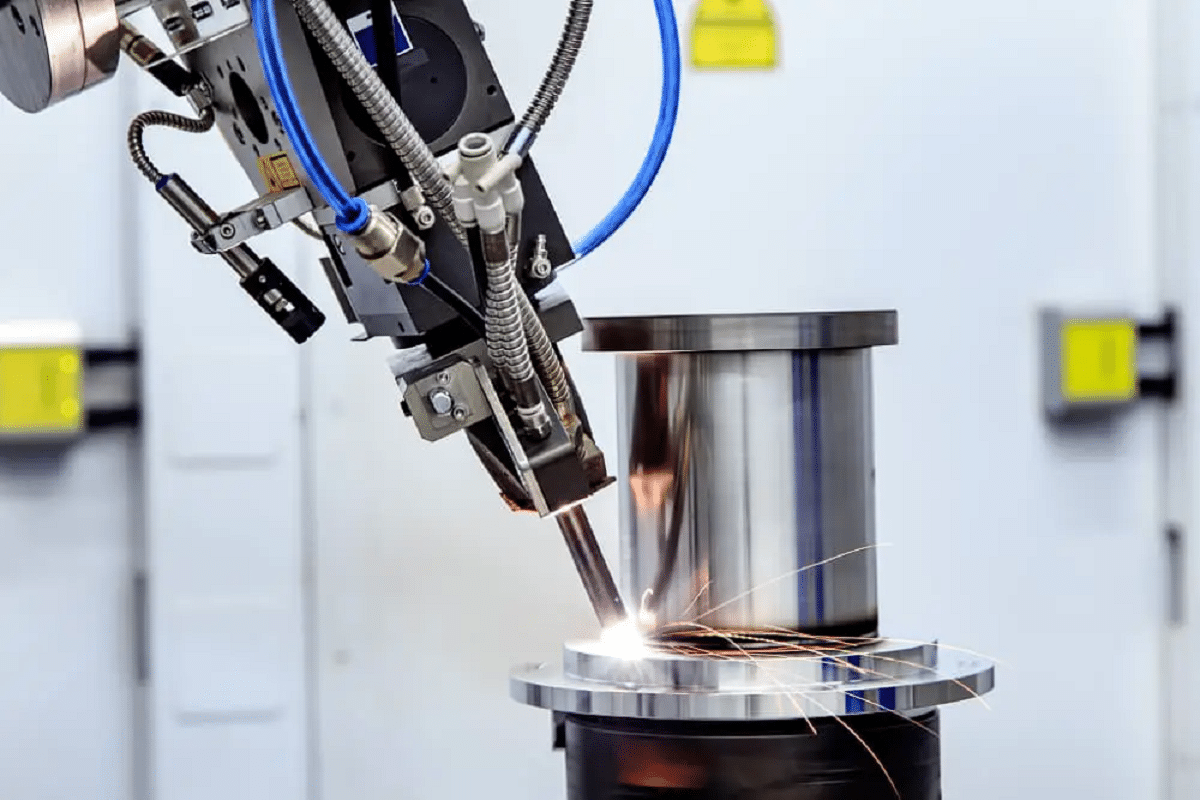Step-by-Step Guide to Preventing Weld Undercut in Different Metals
Step-by-Step Guide to Preventing Weld Undercut in Different Metals
Blog Article
Mastering the Art of Welding: How to Prevent Undercut Welding Issues for Flawless Fabrication Results
Performance and precision are paramount worldwide of welding, where even the tiniest flaw can endanger the structural stability of a made item. One common obstacle that welders face is damaging, an issue that can lead and compromise a weld joint to pricey rework. By recognizing the origin of undercut welding and carrying out reliable strategies to stop it, welders can raise their craft to brand-new levels of excellence (Preventing weld undercut). In the quest of perfect construction results, mastering the art of welding to stay clear of undercut problems is not just a skill but a need for those making every effort for perfection in their work.
Comprehending Undercut Welding

To stop undercut welding, welders ought to guarantee correct welding specifications, such as readjusting the current, voltage, travel speed, and preserving the proper electrode angle. In addition, using the suitable welding strategy for the particular joint setup is vital. Using weaving motions or backstepping methods can help make sure appropriate weld metal deposition and lower the possibility of undercut development. Regular evaluation of welds throughout and after the welding procedure is also crucial to capture any type of undercut early and make needed adjustments to prevent additional flaws. Preventing weld undercut. By understanding the sources of undercut welding and carrying out safety nets, welders can achieve high-grade, structurally audio welds.
Reasons For Undercut in Welding
Recognizing the factors that add to damage in welding is necessary for welders to produce high-grade, structurally audio welds. When the weld steel does not appropriately fill the groove created in between the base metal and the previously deposited weld steel, damaging happens. A number of factors can cause undercut in welding. One typical reason is excessive heat input. Welding at heats for extensive periods can result in the base metal thawing greater than wanted, leading to damage. Insufficient welding wrong or current welding rate can likewise contribute to damage. Not enough current may not give sufficient heat to melt the base and filler steels sufficiently, while too much rate can avoid appropriate fusion, creating undercut. In addition, incorrect electrode angles or wrong torch manipulation methods can develop locations of low weld metal deposition, promoting undercut. Recognizing these causes and applying proper welding techniques can help stop undercutting problems, ensuring durable and strong look at more info welds.
Methods to avoid Undercutting

To mitigate the threat of damaging in welding, welders can employ tactical welding strategies aimed at enhancing the high quality and stability of the weld joints. One reliable technique is to readjust the welding criteria, such as voltage, current, and take a trip rate, to ensure appropriate heat input and deposition. Maintaining an appropriate electrode angle and making sure constant traveling rate can additionally assist protect against undercut. In addition, using the appropriate welding method for the particular joint arrangement, such as weave or stringer grains, can contribute to lowering damaging. Preventing weld undercut.
In addition, appropriate joint prep work, consisting of guaranteeing tidy base products without impurities and utilizing the proper welding consumables, is vital in stopping undercut issues. Using back-step welding strategies and managing the weld grain account can likewise assist distribute warm equally and decrease the risk of undercut. Routine evaluation of the weld joint throughout and after welding, along with go to my blog carrying out quality control procedures, can help in addressing and discovering damaging issues without delay. By implementing these methods vigilantly, welders can attain remarkable construction results with very little undercut problems.
Importance of Proper Welding Criteria
Choosing and preserving ideal welding criteria is vital for achieving successful welds with very little issues. Welding specifications describe variables such as voltage, existing, travel speed, electrode angle, and securing gas circulation rate that directly influence the welding procedure. These specifications need to be meticulously changed based on the sort of product being bonded, its thickness, and the welding technique used.
Appropriate welding parameters make certain the appropriate quantity of warm is used to melt the base metals and filler material uniformly. If the specifications are established as well high, it can lead to extreme warmth input, creating distortion, spatter, or burn-through. On the various other hand, if the specifications are also reduced, insufficient blend, lack of penetration, or undercutting might happen.
Quality Guarantee in Welding Operations

Final Thought
Finally, grasping the art of welding calls for a comprehensive understanding of undercut welding, its reasons, and techniques to stop it. By making sure appropriate welding parameters and executing quality guarantee methods, perfect construction outcomes can be achieved. It is essential for welders to consistently pursue quality in their welding procedures to prevent undercut issues and produce premium welds.
Undercut welding, an usual problem in welding processes, occurs when the weld steel does not properly fill the groove and leaves a groove or depression along the welded joint.To protect against undercut welding, welders need to make sure appropriate welding parameters, such as readjusting the current, voltage, traveling speed, and keeping the appropriate electrode angle. Inadequate welding incorrect or current welding rate can additionally contribute to damage.To mitigate the danger of undercutting in welding, welders can utilize strategic welding strategies aimed at boosting the high quality and stability of the weld joints.In conclusion, mastering the art of welding needs a complete understanding of undercut welding, its causes, and strategies to prevent it.
Report this page